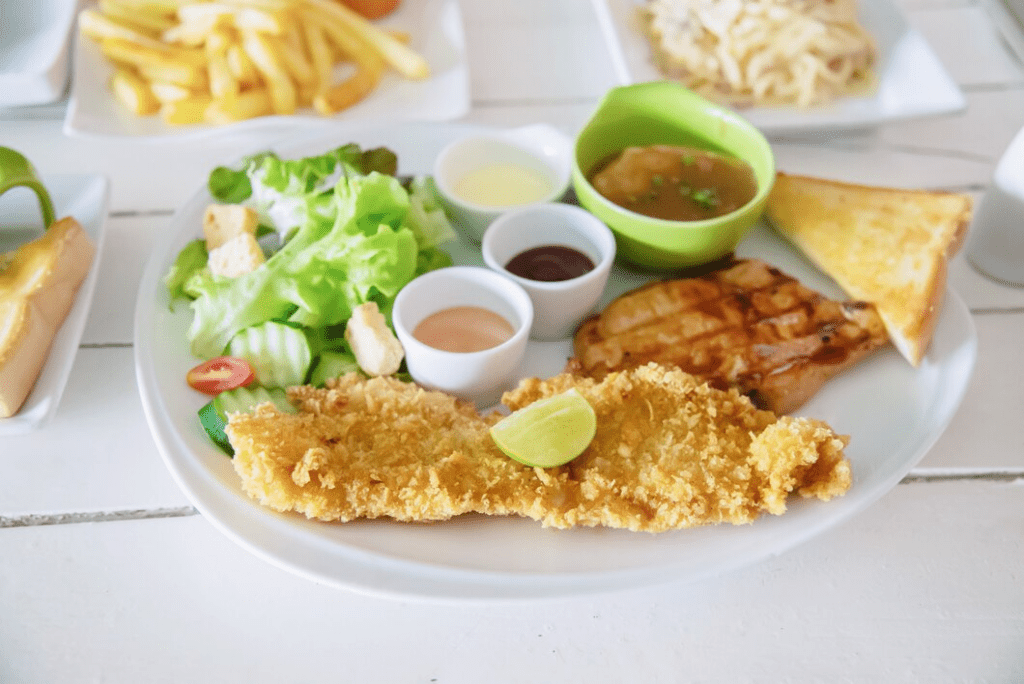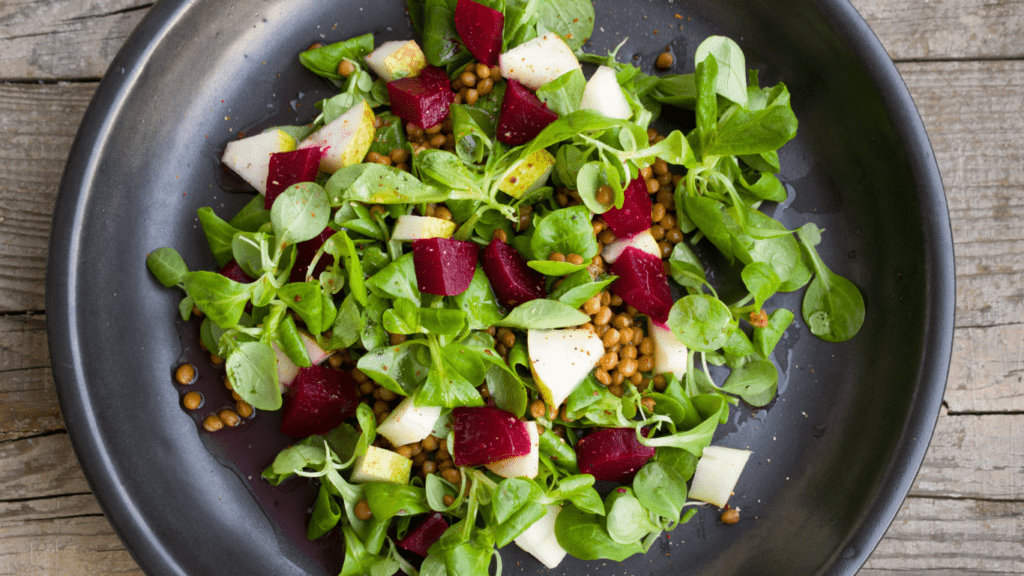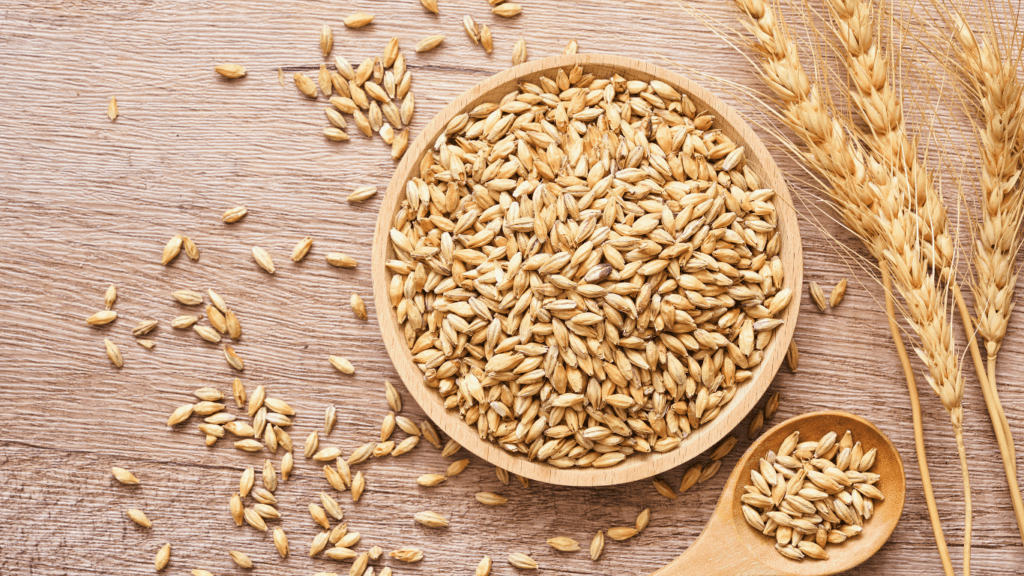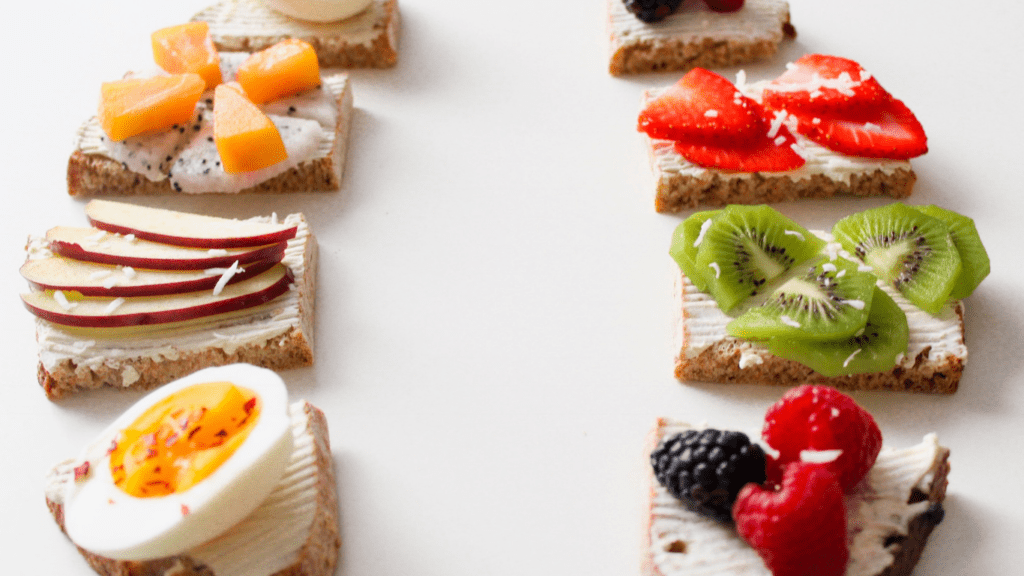Fried foods offer irresistible crunch and flavor, making them a favorite menu item. However, excess oil can lead to greasy textures and unnecessary fat consumption, making fried dishes feel heavy rather than crisp and satisfying.
For professional chefs and home cooks, understanding how to reduce oil residue is essential for creating cleaner, healthier bites.
The type of oil you choose plays a significant role in oil absorption. Comparing oils like canola and peanut oil can provide valuable insight. If you’re wondering which is better for frying, Canola Oil vs. Peanut Oil: Comparison Guide explores key differences in smoke points, fat composition, and cooking performance. Beyond oil selection, there are several practical techniques to help reduce oil retention in fried foods.
Let’s explore other effective ways to achieve that perfect crisp while keeping excess grease at bay.
Choosing the Right Oil and Temperature
As mentioned earlier, low-oil frying starts with selecting the correct oil and maintaining an optimal frying temperature.
Oils with high smoke points, such as peanut, canola, and sunflower oil, allow quick cooking without excessive absorption. If the oil isn’t hot enough, food will soak up more grease, resulting in a soggy texture. Depending on the food, the ideal frying temperature ranges from 350°F to 375°F (175°C to 190°C). A kitchen thermometer ensures precision, preventing oil from being too cool or overheating.
A simple way to test whether the oil is ready is to drop a small piece of bread or batter into it. The temperature is right if it sizzles and turns golden brown within a few seconds. If it sinks and absorbs oil without crisping, the oil needs more heat.
Proper Breading and Coating Techniques
The way food is coated before frying directly affects oil absorption. Dry coatings, such as flour, cornstarch, or panko breadcrumbs, create a protective barrier that reduces oil penetration.
For even crispier results, double-coating works well. Dip ingredients in flour, then into an egg wash or buttermilk before coating with breadcrumbs. This method forms a sturdier crust, minimizing oil absorption while enhancing crunch.
Additionally, letting coated foods rest for a few minutes before frying helps the coating adhere better and prevents it from absorbing excess oil once it hits the hot surface.
Draining and Resting Fried Foods
How you handle fried food after it leaves the oil makes a huge difference in reducing grease. The right draining technique prevents fried items from sitting in excess oil, preserving their crisp texture.
Instead of placing food directly on paper towels, which can trap heat and create steam, use a wire rack set over a baking sheet. This setup allows air to circulate around the food, helping to wick away excess oil without making the crust soggy. If using paper towels, blot lightly rather than pressing down, which can push oil back into the food.
Letting fried foods rest for a minute or two before serving also helps excess oil drip away while maintaining the perfect crunch.
Using the Right Frying Equipment
The tools you use can also affect how much oil is retained in fried foods.
A deep fryer with precise temperature control ensures even cooking and prevents excessive oil absorption. If using a pan, a heavy-bottomed skillet or Dutch oven helps distribute heat evenly, preventing hot or cool spots that lead to inconsistent frying. Also can help you to Save Fry Oil.
Another helpful technique is frying in small batches. Overcrowding the pan drops the oil temperature, causing food to absorb more grease. Cooking in smaller portions ensures even frying and crispier results.
Finishing Touches for a Less Greasy Bite
A final step to reducing oil residue is adding a finishing touch that enhances crispness while removing excess grease. Lightly sprinkling fried foods with a pinch of salt immediately after cooking draws out any remaining surface oil. Some chefs even place fried foods in a warm oven (around 200°F) for a few minutes to help set the crust and evaporate lingering oil.
Additionally, serving fried foods with acidic elements like lemon wedges or vinegar-based sauces can help cut through residual oil, balancing the overall flavor and texture.
Conclusion
Achieving crispy, delicious fried foods without excess oil is all about technique. From choosing the right oil and maintaining the ideal frying temperature to using proper draining methods and frying equipment, minor adjustments can make a significant difference. With these expert strategies, you can consistently enjoy lighter, crunchier, and healthier fried foods.




